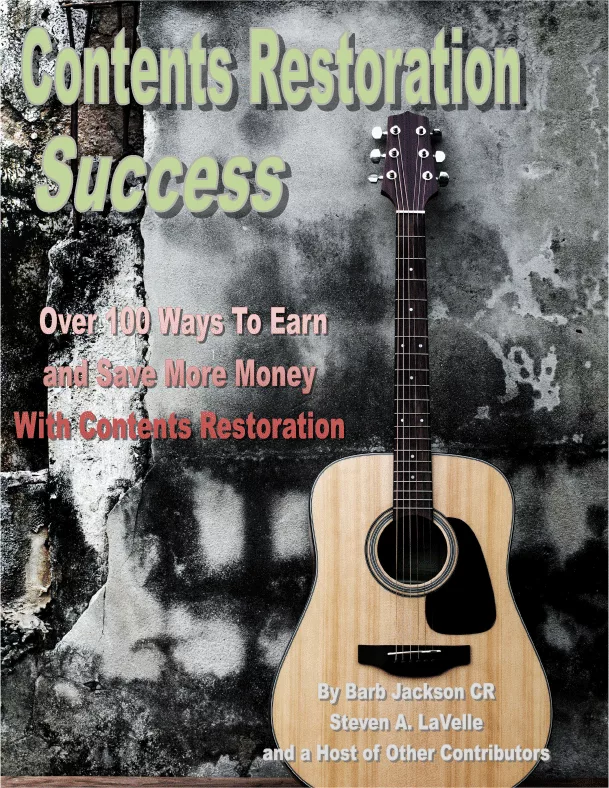Sustainable Restoration: Top 5 Tactics for Conscientious Materials Use

Photo Credit: Marc Olivier
Remodeling your home or commercial property is an exciting yet significant undertaking. It lets you bring your vision to life while exercising your creativity. However, doing so sustainably means considering the future in addition to your present needs.
Fortunately, you can restore responsibly with the right tactics to conserve materials and conscientiously choosing new ones that last while treading lightly on the planet.
Why to Consider Sustainability When Restoring Property
Change requires energy. However, much of today’s power is generated for converting raw materials into usable planks, bolts and nails and transporting them to job sites stems from fossil fuels. As of 2023, oil, coal and natural gas still made up nearly 83% of U.S. energy consumption, with the remainder stemming from renewables.1 Though most scientists agree that humans must stop burning fossil fuels to meet climate targets, world governments have taken few meaningful actions to date.2
Therefore, it falls upon individual businesses and consumers to step up and make better choices independent of government edicts. Every restoration project must consider budgetary and time constraints, but you should give the sustainability of your project at least equal weight and make the best choices you can within your limitations.
5 Tactics for Conscientious Materials Use When Restoring Property
Reducing the overall carbon footprint of your restoration project requires the right strategies. Here are five you can use — many will also keep more money in your wallet while enhancing the beauty of your final design.
1. Make a Demolition Plan and Save Everything You Can
Before you begin the restoration process, inventory the entire property. There may be a wealth of materials you can save that are worth a small fortune. You can reclaim nearly anything made of metal. A little welding magic may be all you need to reuse them elsewhere, and steel and aluminum scraps are nearly infinitely recyclable with no quality loss.3
Wood is a little trickier, but removing it carefully helps you reclaim as much as you can. Furthermore, taking a slow approach to your demolition can reveal hidden treasure. You may find brickwork concealed by paneling or even a gorgeous stamped copper ceiling beneath suspended acoustic panels.
Homeowners have found gorgeous hardwood floors hidden beneath vinyl and carpet. You can even save the carpet scraps for use as insulation or soundproofing, saving you cash and sparing the need for new filler.4
2. Use Reclaimed Materials Whenever Possible
You can reuse the materials you’ve salvaged or find reclaimed material available secondhand. You can even special-order them from big box retailers such as Home Depot, although they may not stock much on store the shelves. Buying reclaimed materials can sometimes cost a little more, thanks to the work spent in restoring them. However, you can save by reusing materials you’d otherwise demolish.
For example, you can sand down real wood, unlike particle board, and reclaim it for other purposes. Kitchen cabinets come to mind. Choose a VOC-free stain or paint. While paint can create a striking effect, stains don’t chip or need maintenance as frequently and bring out the wood’s natural luster.5 Hardwood floors — if you’re lucky enough to strike gold beneath your carpet — often polish up nicely with a bit of buffing and refinishing.
3. Make the Sustainable, Renewable Choice with New Materials
When choosing new materials, opt for the most sustainable option. A good general rule is such materials should be natural and biodegradable and readily renewable.
For example, bamboo and hemp grow exceedingly quickly — some species of bamboo grow nearly 3 feet in one day.6 You can find bamboo flooring, fencing and wood paneling and even use it for framing. Hemp is even more versatile, transforming into various textiles or hempcrete, a carbon-negative material that absorbs emissions instead of emitting them.7
Other sustainable, natural choices include cork and rubber. Cork harvesting doesn’t require cutting down the tree. Rubber trees function as excellent carbon sinks and the resulting material is recyclable when not blended with synthetic materials.
4. Opt for Locally-Sourced Materials to Reduce Emissions
It takes planes, trains and trucks to move hardwoods like mahogany from African forests to American shores. Instead, opt for locally-sourced materials whenever possible. The transportation sector is the single-largest source of direct greenhouse gas emissions, so reducing transportation makes your restoration project more sustainable.8
5. Consider the Entire Life-Cycle of the Material When Making Your Selection
True sustainability means considering the entire life cycle of a material before choosing it for use in your restoration project. Ask yourself the following questions to determine the full environmental impact of what you use:
- How environmentally costly is it to manufacture?
- How well does it insulate and reduce fossil fuel use?
- How hard is it to recycle, reclaim or refinish when it ends its useful life?
The best materials create little environmental cost to make — hence, reclaimed items. Well-insulated structures decrease fossil fuel use for heating and cooling, and materials that are readily reusable have a lower impact than those that take considerable energy to recycle.
Conscientious Material Use for Responsible Restoration
Responsible restoration means considering the overall sustainability of your remodel. Selecting the right materials and reusing what you can minimizes your carbon footprint and makes your redesign more eco-friendly.
References:
- https://www.eia.gov/todayinenergy/detail.php?id=62444
- https://apnews.com/article/renewable-energy-cop28-climate-change-fossil-fuels-8032ba91ad550004b8d9d90b193a105a
- https://news.mongabay.com/2024/09/aluminum-and-steel-vital-to-energy-transition-but-need-circular-solutions/
- https://www.awci.org/media/products/acoustic-insulation-with-post-consumer-recycled-carpet/
- https://www.conestogawood.com/stained-wood-popularity/
- https://onetreeplanted.org/blogs/stories/bamboo
- https://cannabistech.com/articles/a-hard-look-comparing-hempcrete-to-concrete/
- https://www.epa.gov/ghgemissions/sources-greenhouse-gas-emissions
Looking for a reprint of this article?
From high-res PDFs to custom plaques, order your copy today!








